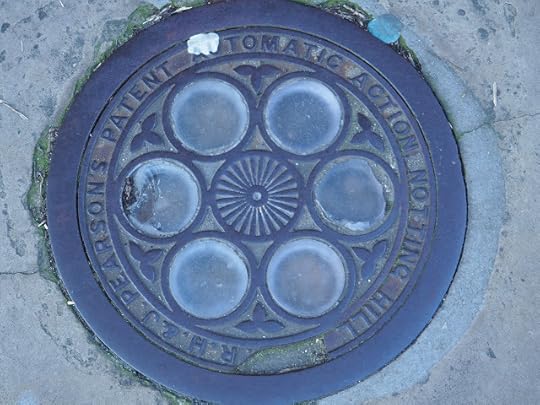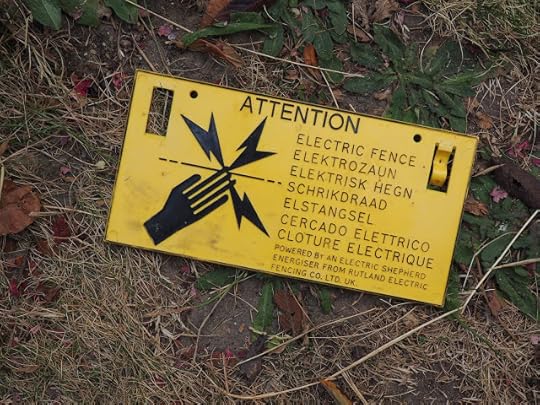Geoff Nicholson's Blog, page 14
August 30, 2022
MORE ALCHEMICAL WALKING
You almost certainly don’t recall a post on this blog from 2017, with this image:
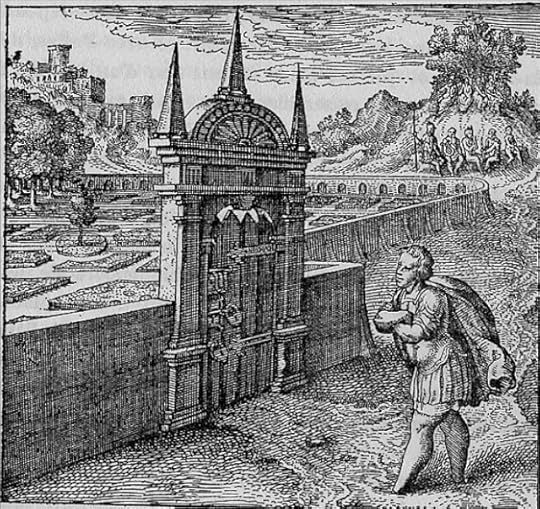
and the quotation ‘He that endeavors to enter into the Philosopher’s Garden without a key, is like him who would walk without feet.' They’re from a 1617 alchemical ‘emblem book’ by Michael Maier (aka Michael Majerus) titled ‘Atalanta Fugiens, The Flying Atalanta or Philosophical Emblems of the Secrets of Nature.’ Now read on.
I’ve been doing some further reading about walking and alchemy, mostly in a book titled Alchemy, the Philosopher’s Stone, by Allison Coudert who quotes from atext titled The Nei P’ien by Ko Hung (c.280–340 CE), a Chinese alchemist and philosopher whose name sometimes gets transliterated as Ge Hong. This is him:

In The Nei P’ien he writes ‘Chao T’o-tzu took cinnamon for twenty years whereupon the soles of his feet became hairy and he could walk five hundred miles a day.’ That’s just under 21 miles per hour, which I don’t really think counts as walking.

Ko Hung also writes ‘Tu Tzu-wei took asparagus, with the result that he had eighty concubines, sired one hundred and thirty sons and walked three hundred miles a day.’
This is the Formby Asparagus Walk, a National Trust property on Merseyside:
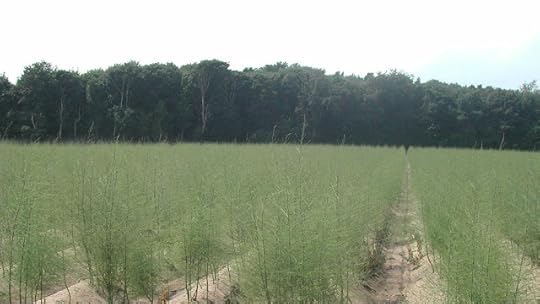
So Tu Tzu-wei walked 200 fewer miles a day than Chao T’o-tzu but no doubt that was because he was distracted by his concubines.
I have taken cinnamon and asparagus but admittedly not every day, so perhaps that’s why my own soles remain hairless and why I have yet to sire 130 sons. Also why I can’t walk even 300 miles a day.
August 17, 2022
HYPER-OBSERVERS
I was dipping in to Genpei Akasegawa’s Hyperart: Thomasson, as I do from time to time, and I came across this picture:
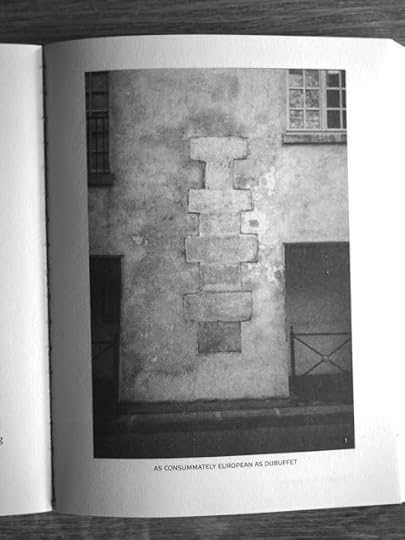
For those who’ve missed it previously, a Thomasson is an architectural feature that remains in place even though it’s no longer functional: bridges and staircases to nowhere, third floor doors that open into space, and so on. The name is Akasegawa’s invention.
That picture was actually taken by Yomota Inuhiko, back in the day, in the Rue De Cardinal Lenoine, in Paris. Yomota Inuhiko writes, ‘At first glance, it looked as though huge band-aids or strips of scotch tape that had been affixed to the building had, over the years, become rotten and faded leaving behind only a scar.’
In fact I’m not sure that the photograph really shows a Thomasson. I think it’s just a badly repaired bit of masonry, but it made me realize that in my own wanderings I’ve developed quite a taste for looking at and photographing badly, or eccentrically, repaired walls and brickwork, if not strictly speaking masonry.
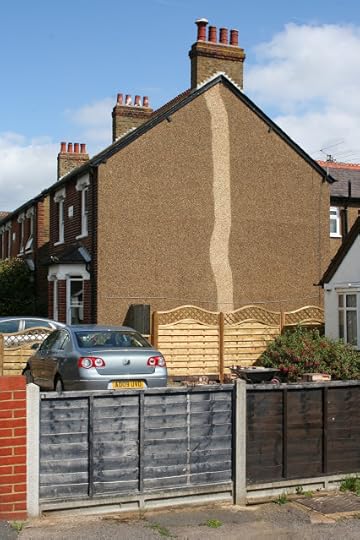
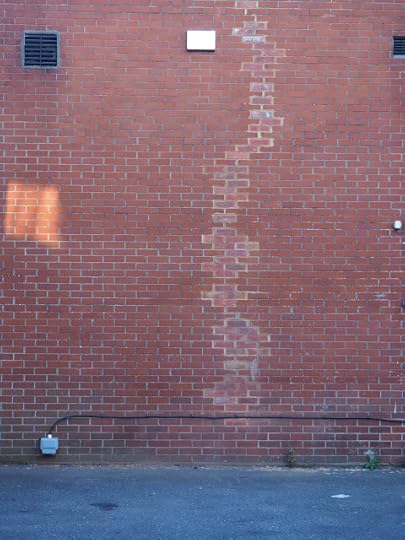
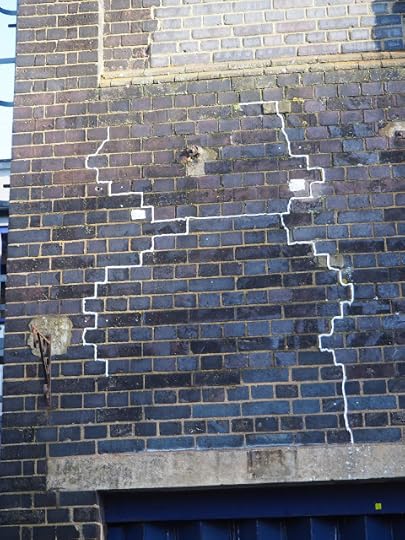
Further research (although ‘research’ sounds a rather grand term for it) revealed an article by Terunobu Fujimori titled by ‘Under the Banner of Street Observation.’ Tom Daniell seems to be the man who made it, and much more information on this subject, available to we gaijin.
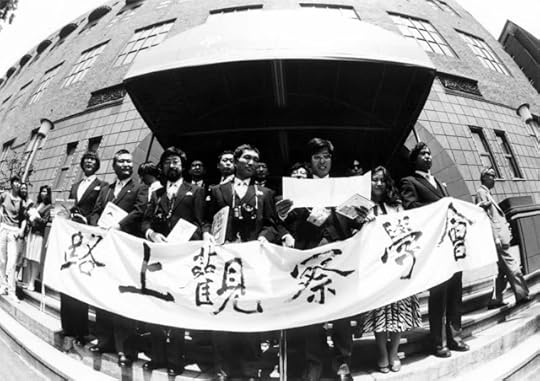
The article is partly about the Street Observation Society, formed in 1986 by the author of the article - Terunobu Fujimori, an architectural historian - and Genpei Akasegawa (op cit) who is probably best thought of as a multimedia artist.
Alone, together and with others, the pair wandered the streets of Japan, looking, photographing, making drawings, giving names to things. But above all looking, and if that meant looking at things in a new or different way then so much the better. The Japanese name for the activity was, and I suppose still is, Rojo Kansatsu -- Street Observation.
I find this just wonderful both as a practice and as an idea. And yes of course it involves many of the same activities as psychogeography, but I find this Japanese version so much more appealing because it involves going out walking and looking at whatever’s there, not making any claims for "the study of the precise laws and specific effects of the geographical environment, consciously organized or not, on the emotions and behavior of individuals,” a la Guy Debord.
Among many wonders in the article, some of them quite inscrutable, there is this photograph captioned ‘Genpei Akasegawa photographing a tsuboniwa (spot garden) in a manhole cover, in 1986. From Kyoto Omoshiro Watching (Tokyo: Shinchosha, 1988).
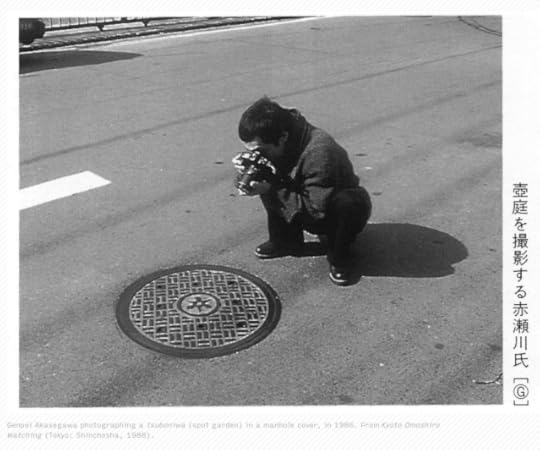
That would be fine in itself but it also brings in Joji Hayashi (about whom I can find very little), described in the Terunobu Fujimori article as ‘a bizarre individual who finds everything worthy of close attention and orderly documentation; he glues train ticket chads into albums, places pebbles that lodge in his shoes into small bottles, all carefully dated, and has famously taken thousands of photographs of manhole covers.’ There’s a book:
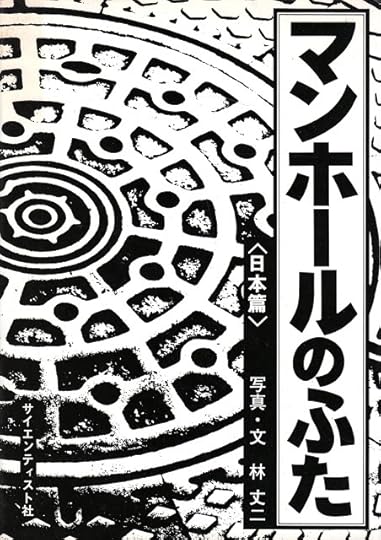
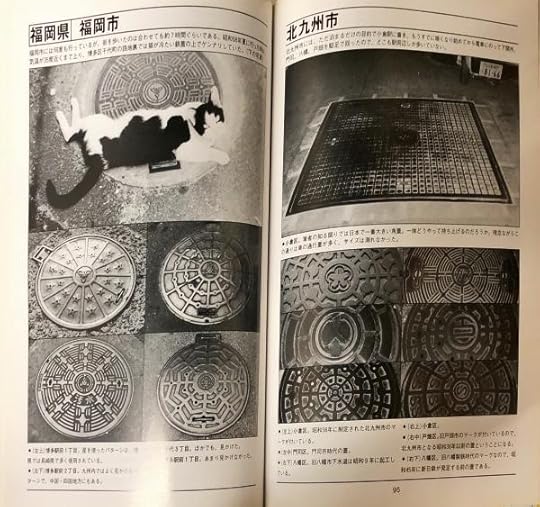
There’s something Zen about this I think, though my understanding of Zen is patchy. And I realized that I too have photographed a certain number of manholes and even coalholes in the course of my ‘street observation’ though the ones I’ve photographed aren’t nearly as cool as the Japanese ones.
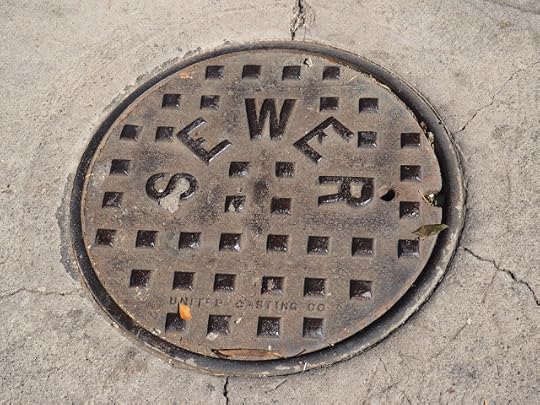
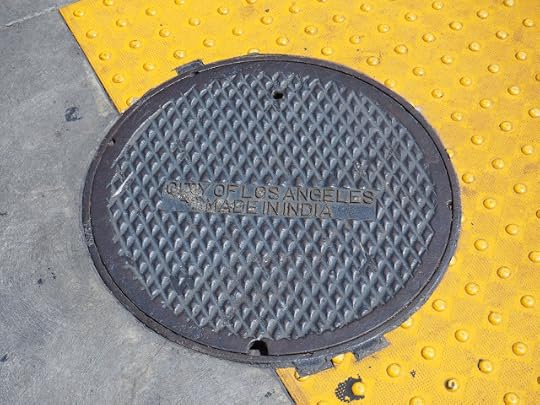
If the Internet has proved anything it’s that there you’re never alone in your obsessions. However arcane your interests may seem, there’s probably already a website, a chatroom, a Facebook page, for people who share your interest, and in this particular case there’s now an activity called Drainspotting.
But the notion of street observation raises the issue of whether you go walking and look for specific things – manhole covers, Thomassons, brick work repairs or whatever, or whether you try to walk and be open to whatever turns up, whatever happens to be there.
I haven’t solved this problem. I don’t see how you can be equally open to all stimuli. That would be like some intense but amorphous acid trip. Human consciousness is nothing if not selective. And a lot of the time I don’t even think it’s a problem.
And then, out of the swamp of the Internet this appeared. I'm not so sure about that, Stanley:
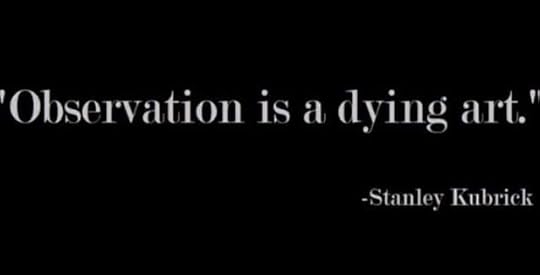
August 6, 2022
FIELD NOTES
Back in quasi-rural Essex, we also have ground though it’s not like London ground. A walk
around Dedham (Constable country) revealed plenty of fields.
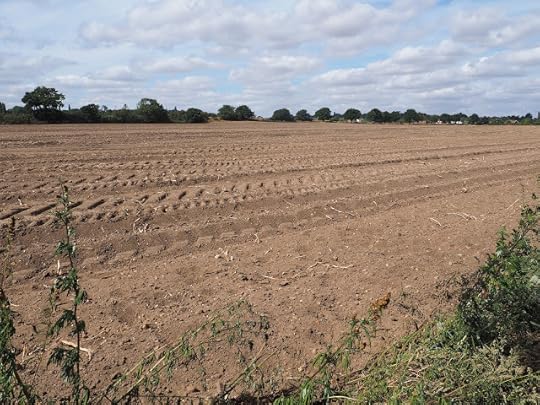
But after a few arty days in the metropolis a field can look a lot like some minimalist piece of land art:
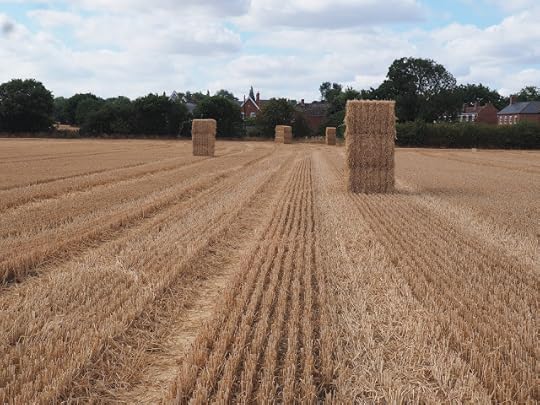
And the things to be found on the ground here are local too. Such as potatoes that had been rejected by the mechanical potato harvesters:

And in fact some of these spuds (not the ones above) looked perfectly edible so I picked up a couple to take home. I keep wondering if this was foraging or scavenging.
Also on the ground was a warning sign that had fallen off an electric fence:
The best thing about that notice is that each of those names sounds like a band or musical act, plenty of electronica of course, but with regional variations from country to country – and frankly I’d be prepared to give any of them a listen but I’d have highest hopes for Schrikdraad.
‘When you want to get down, down on the ground, Shrikdraad.’
And then in the Dedham Arts and Craft Centre I bought the selected works of Lenin for 3 quid. Want to see a picture of Lenin walking? Well, why not:
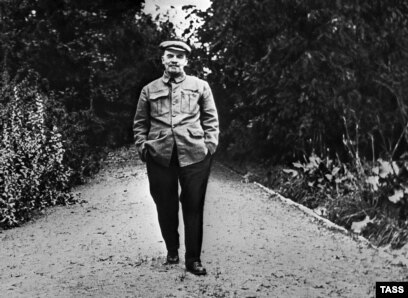
Want to see a picture of the book and two potatoes I 'foraged'? Both book and potatoes are bigger than they appear.

August 4, 2022
MIRACLE ON OXFORD STREET
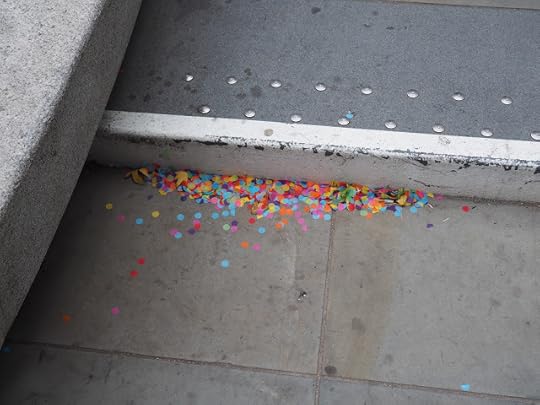
OK well, I’m still banging on about ‘Nicholson’s Guide to the Ground’ – a project of
potentially infinite scope and duration.
I was in London for a few days last week; and you know, the stuff you find on the ground in London does seem more interesting and curious than the stuff you find on the ground elsewhere.
Some of the stuff is not necessarily surprising - it may just be litter – but most litter isn’t quite as eye-catching as this package of ‘Sliming’ Herbs, found on the pavement in Leytonstone. (That's one for the archive).

But other things are more mysterious. Yes, I can imagine circumstances in which I might abandon my socks while out for a walk but I’m pretty sure I wouldn’t just leave them lying on the pavement, like these near Leicester Square:
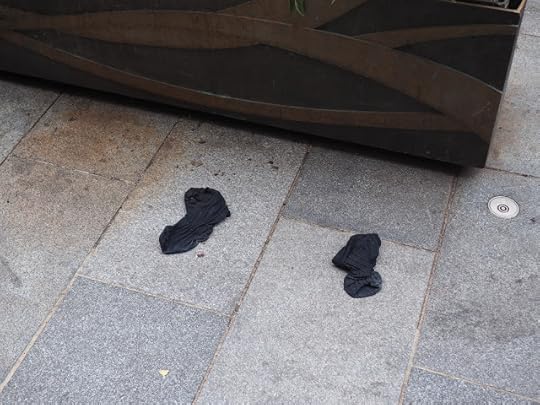
And what exactly is the story behind this mysterious pair of crutches left in Oxford Street. To be fair they’d been left next to a waste bin which could be construed as an attempt to be tidy.
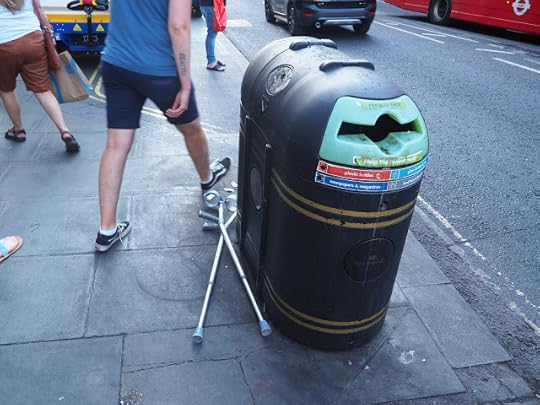
But it so happened that immediately after I’d taken that picture above, the man who empties the bins came along and asked me suspiciously, ‘Are these yours?’
I thought of one or two smart replies involving miracle cures but thought it best to play it straight, and said no they weren’t mine and I think he believed me. And we both said they looked brand new. Who throws a way a brand new pair of crutches, we asked each other? We didn’t have an answer.
But I was reminded of a book I used to look at in my catholic grandma’s house when I was a kid. The book was about Lourdes the scene of any number of miracle cures, and a place where a great many crutches were abandoned, like this:

And on the ground in Walthamstow – a pro-bee graffito (I think that’s the word even though it’s on the ground).
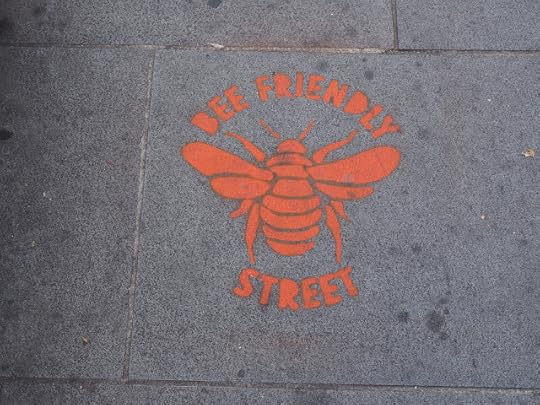
July 25, 2022
HOLMES AND AWAY (OK, SO YOU COME UP WITH SOMETHING BETTER)
This is Burton Holmes (1870-1958):
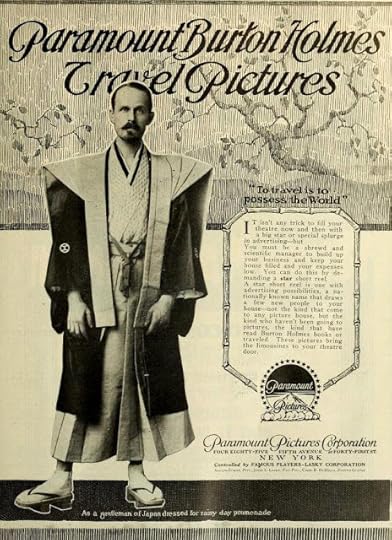
He’s posing ‘As a gentleman of Japan dressed for rainy day promenade.’ It looks to me like he’s wearing wearing two kimonos, neither of which appears all that rain-proof.
And this is me posing on Hollywood Boulevard with various walkers behind me. The dinosaur you can see behind them is atop the Ripley’s Believe It Or Not museum.
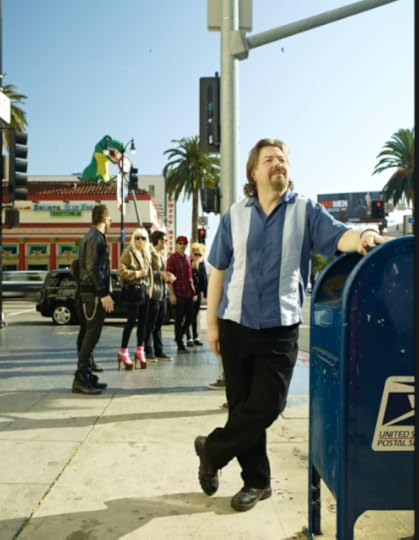
There’s a little more connection between these two images than you might immediately think, chiefly that Burton Holmes has a star on the Hollywood Walk of Fame, which at this time of writing I do not, but there’s more to it than that.

Burton Holmes, who some people know, and many more don’t, was a great traveller in the days when being a great traveller was a ‘thing.’
I know him best as a photographer but he was considerably more than that. He delivered hugely successful public lectures about his travels, illustrated first with hand coloured slides and eventually with film that he’d shot. This put him way ahead of the game, before the slide show and the home movie became domesticated and ruined many a family evening. It’s also said, and I have no reason to doubt it, that Burton Holmes invented the term ‘travelogue.’
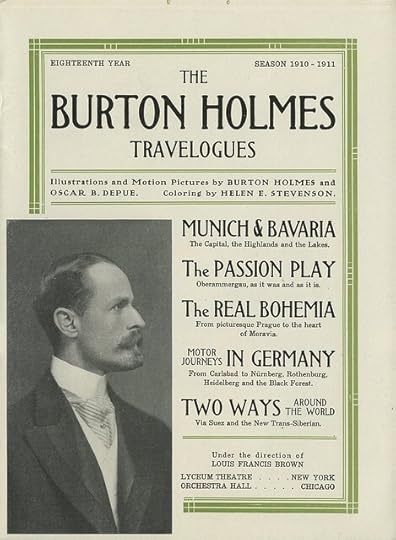
I’m not sure how much walking Holmes did. It was possibly limited by how much photographic gear he was carrying,
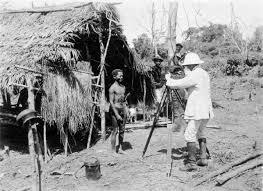
but certainly plenty of his photographs show people walking:
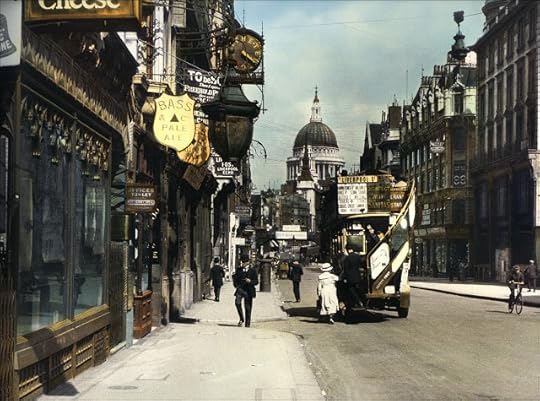
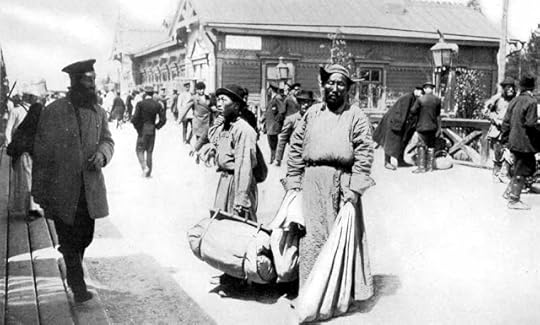
And this is me, posing not ‘as a gentleman of Japan’ but as an Englishman in a kimono, and not ‘dressed for rainy day promenade’ but for mooching about in a hotel room.
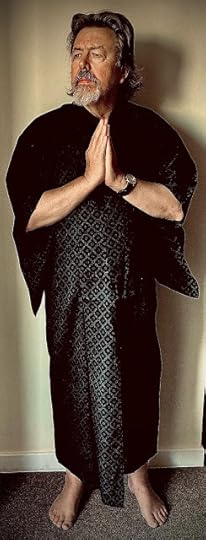
And here’s where it all comes together. Holmes owned, among other properties, a duplex apartment in New York which he named "Nirvana," an understated little bolthole as you can see:
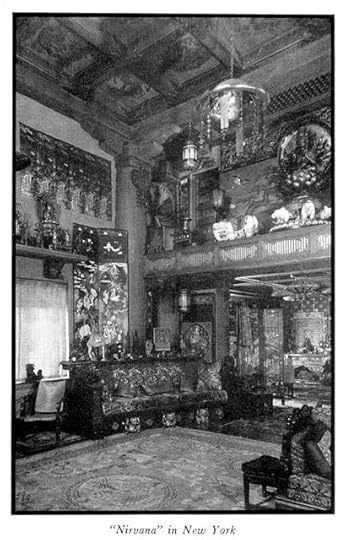
He eventually sold the apartment to Robert Ripley (1890-1949) – he of Ripley’s Believe It Or Not cartoon strip and eventually a series of museums, which I understand are franchised, including the one on Hollywood Boulevard: see above. This is Ripley with the whole world in his hands:
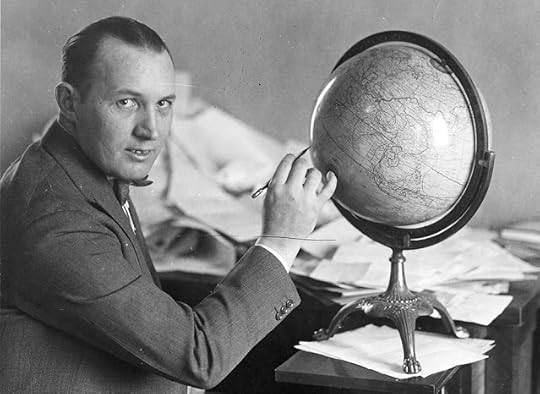
And here he is posing, and very possibly walking, walking in China:
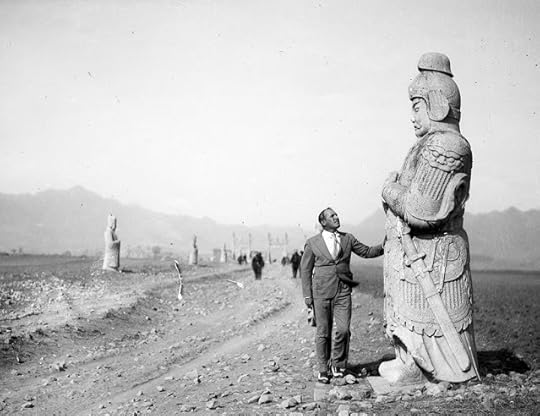
Much more about Burton Holmes here:
July 19, 2022
BOTANIC WALKING
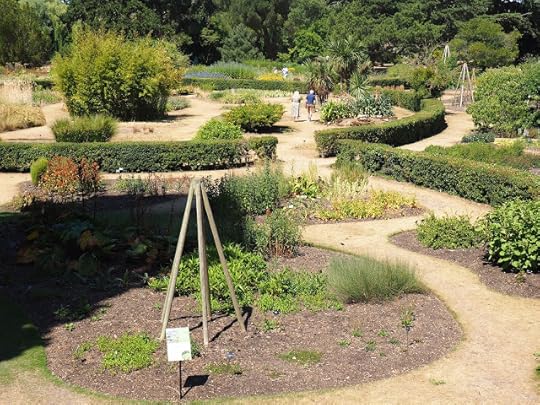
We went for a walk in the Cambridge Botanic Garden. The day was too hot to do much
serious or strenuous or fancy walking but it’s a very good garden.
Fountain:

Echiums:

And if you like maps, quite a few maps, including this one:
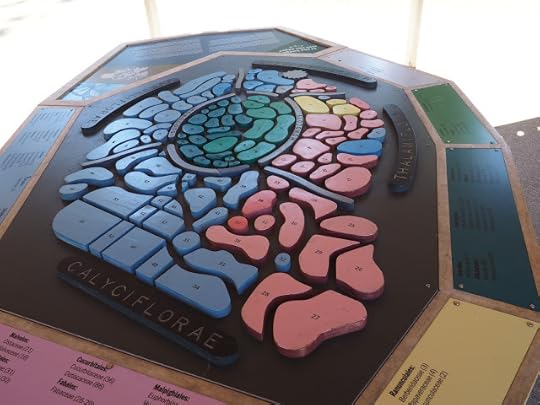
The glasshouses are especially fine.
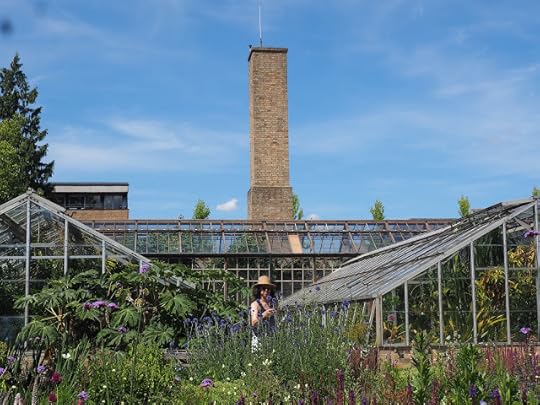
I was slightly familiar with those glasshouses because, more than half a lifetime ago, I worked as a dogsbody in this garden. It seemed like a good idea at the time but I didn’t get on very well. I was willing enough but at that point in history I could scarcely tell one plant from another and I didn’t last long.
I would be out there doing something menial like edging a mile and a half of lawn and some serious Cambridge matron visiting the garden would collar me and say, 'Can you give me some advice on my crocosmia?’ And to my shame, I could not.

On the occasional Saturday morning my job, under supervision, was to water the plants in the glass houses. I quite liked that. I’d walk around indoors, hose in hand, trying neither to under or over water, though I may not always have got that right either.
Anyway, they’ve erected a kind of memorial, which some sources describe as a quernstone, in the garden.
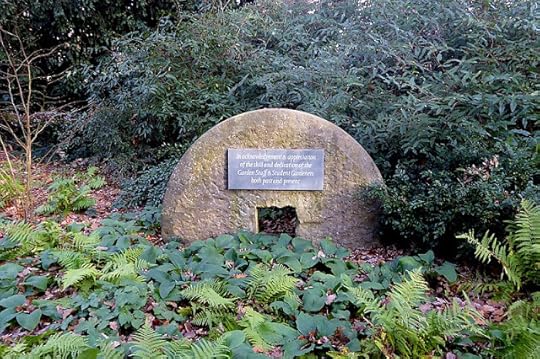
The caption reads ‘In acknowlegement & appreciation of the skill and dedication of the Garden Staff & Student Gardeners both past and present.’ That surely includes me, even if the skill and dedication were a bit lacking. Here I am looking and feeling honoured:
 Photo by Caroline Gannon
Photo by Caroline Gannon
July 13, 2022
EDGY WALKING
I admit that I’d never heard the term ‘edgeland’ until I read Paul Farley and Michael Symmons Roberts’ book Edgelands, published in 2011, and subtitled ‘Journeys into England’s true wilderness.’

A look at the contents page tells you what kind of journeys to expect: Wasteland, Landfill, Sewage, Pallets, Ranges, Dens and 20 or so others. As man who has a taste for ruins and deserts I’ve found myself walking in quite a few of these places. And even if I didn’t know the word edgeland, I was certainly was familiar with the concept.
Farley and Roberts are poets, which gives rise to passages like this, ‘On a summer evening, stepping through a gap in the rusty corrugated iron and entering a well-established wasteland is to enter and arbour of scents.’ Or this: ‘Why is there always an abandoned TV in the rubble? They are so ubiquitous in life that their bodies in death litter our wastelands. And why does a dead TV’s blank face resonate so much with us? Is this our image of oblivion?’ I’d say not, but I understand how a man can get philosophical while walking in the wasteland.
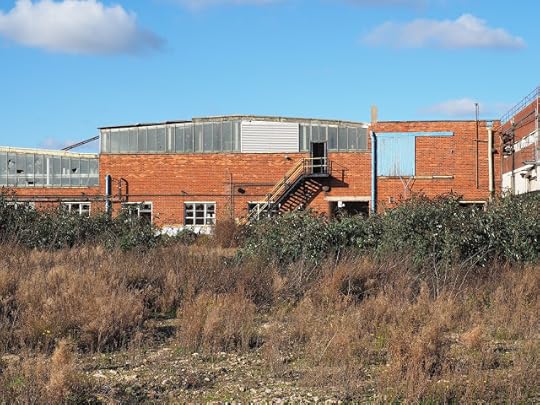
Now, if I’d been paying more attention to trends in urban planning, I’d have known that the word edgelands was used, and possibly devised by Marion Shoard in 2000 or so, in an essay titled ‘Edgelands of Promise’ and revised before its appearance a couple of years later in the collection Remaking the Landscape simply as ‘Edgelands’. This is Marion Shoard.

The essay is long and at first Shoard seems a bit sniffy about edgelands, which she also refers as ‘interfaces’ or ‘interfacial landscapes. She writes, ‘The interface remains a dumping ground for activities considered unprepossessing and a frontier land in which private sector development rages unchecked by noticeable standards of design.'
Then she asks, ‘Should we have public parks in the interface? Should we have cycleways and routes for pedestrians or continue to give these areas over to car use? Should we encourage the development of cinemas, nightclubs and restaurants in the edgelands?’ To which the obvious answer is, I suppose ‘we’ could but then they’d no longer be edgelands.
She also reckons, ‘Guidebooks and guided walks should open up this new world.’ Look, some of my best friends are walking guides but the idea of them guiding me, or anyone, around abandoned factories and scrapyards (for instance) seems rather to miss the point.
Finally Shoard concludes, ‘It is time for the edgelands to get the recognition that Emily Bronte and William Wordsworth brought to the moors and mountains and John Betjeman to the suburbs. They too have their story. It is the more cogent and urgent for being the story of our age.’ Sounds good to me.
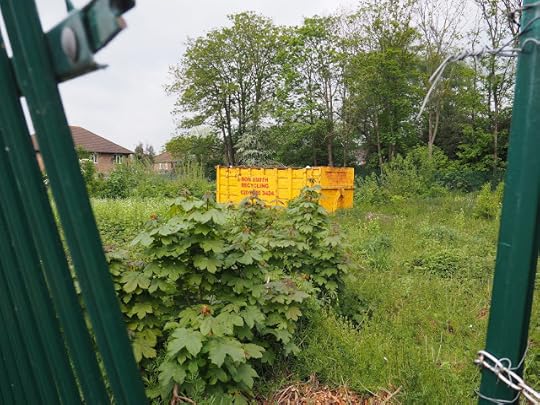
Shoard also directs us to the work of Alice Coleman ‘who was taking part in a land utilization survey, (and) uncovered the existence of a large amount of frine land that did not fall neatly into the land-use pattern of either farmscape or townscape. She called this land-type “the rurban fringe.” It’s a name that might have gained more currency if it had been more pronounceable. This is Alice Coleman:

And now I discover (thanks to fellow edglander Antony Miller) that my finger is even further off the pulse than I thought it was. I discover the existence of the term ‘terrain vague’ generally credited to Ignasi Sola de Morales, an architect and critic, and certainly he’s the author an essay titled ‘Terrain Vague’ published in 1995. The French term seems appropriate - both words having overtones that would be absent in a direct English translation. This is Ignasi Sola de Morales:
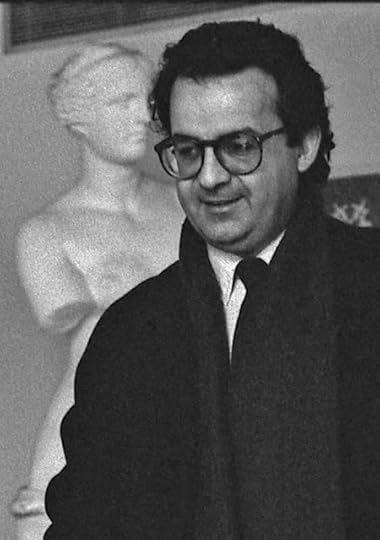
The essay is good stuff. ‘The relationship between the absence of use, of activity, and the sense of freedom, of expectancy, is fundamental to understanding the evocative potential of the city’s terrains vagues. Void, absence, yet also promise, the space of the possible of expectation.’
And I was especially taken by the line, ‘The main characteristic of the contemporary individual is anxiety regarding all that protects him from anxiety.’ I’m not sure that wandering around edgelands is an absolute cure for anxiety but I think it does no harm.
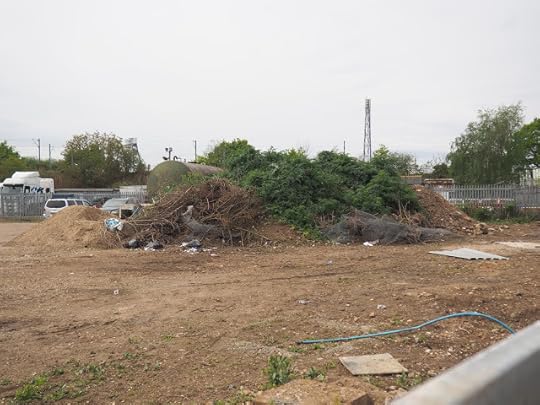
In all this I was reminded of the opening of Reyner Banham’s Scenes in America Deserta. He’s asked by someone from the Bureau of Land Management who’s studying desert utilization, ‘What is it you actually do in the desert?’
Banham replies, ‘Oh! Well, I ... er… stop the car and have a look at the scenery!”
The BLM person replies, ‘Hm? I don’t think we have a category for that.’
Nobody has ever stopped me while I was walking in the edgelands and asked me what I was doing, but it they did I’d say I was wandering about and taking a few photographs. I imagine they probably dohave a category for that these days. Actually it looks as though Rayner Banham did some walking and taking photographs too.
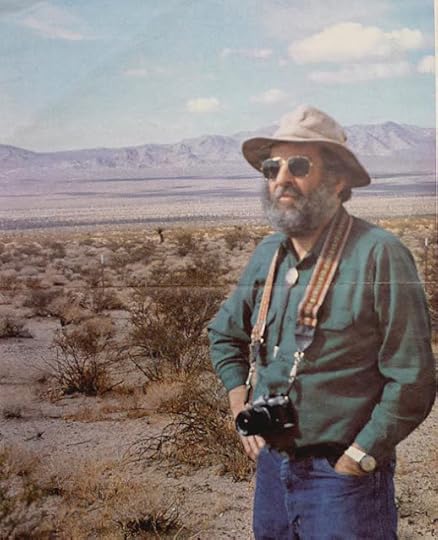
July 12, 2022
THE ENGLISH ECCENTRICS
In the days when I was trying to entertain my mum on Sunday afternoons, we once went
for a walk around the grounds of Renishaw Hall, home of the Sitwells, and a short drive
from my mum’s house in Sheffield.
We were greeted at the entrance, not all that warmly, by some venerable old party who may have been Sir George Sitwell, though I suppose it could have been some other venerable old party.

I can’t remember anything else about the gardens or the walk.
I’m not sure that many people read the Sitwell’s these days (I’m not sure very many people ever did – though I seem to remember enjoying Osbert’s Great Morning) - but I did just find a quotation from Edith Sitwell about walking (more or less).
She writes
‘The great sins and fires break out of me
like the terrible leaves from the bough in the violent spring.
I am a walkingfire, I am all leaves.”
Here she is walking her dog – some leaves, no fire:
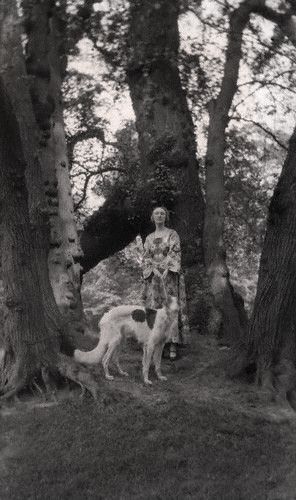
How very different from the home life of our own dear Tilda Swinton who has done a photo-shoot for Tim Walker at Renishaw Hall, dolled up as Edith, to whom she is apparently distantly related.

She's wearing some schmutter by Michael Kors which I don’t think Edith, for all her eccentricity, would have been seen dead in.
July 7, 2022
WALKING IN GARDENS
Look, I’m not trying to turn this into a project or anything but last weekend I was walking
around The Cotswold Sculpture Park, near Cirencester (the actual address is Somerfield
Keynes) - my third sculpture park of the year.
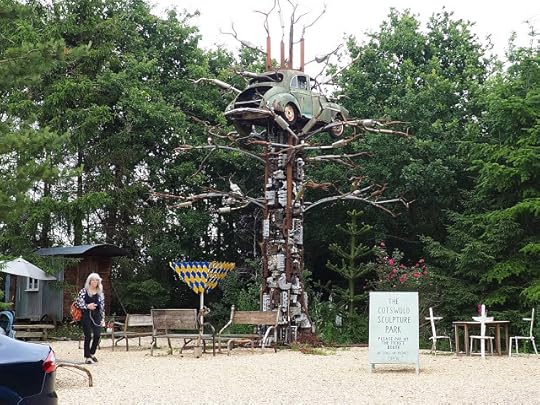
You could argue I was actually walking in two sculpture parks – see the Google map below-
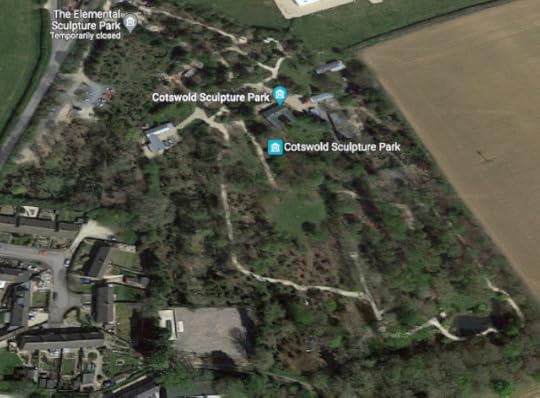
the other one being the Elemental Sculpture Park, but I couldn’t tell where one ended and the other began. There was also the Zimbabwe Loop, home to this very fine pangolin by Tonderai Sowa.
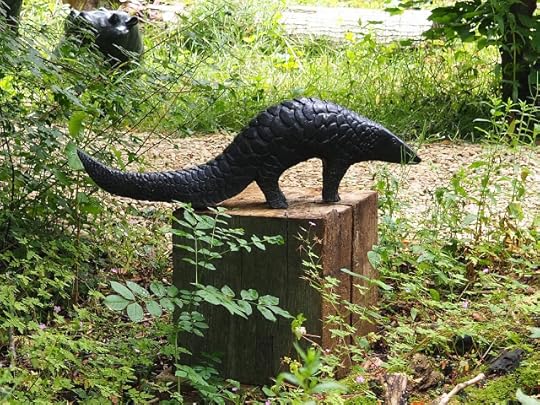
Now, some people have told me they think a sculpture park is a good walk spoiled. The walk in the park or garden, they say, would be more enjoyable without the art. I don’t agree with that, obviously, but I think there’s something to be said for a comparatively small and crowded park. The Cotswold is ‘just’ 10 acres and contains about 200 pieces.
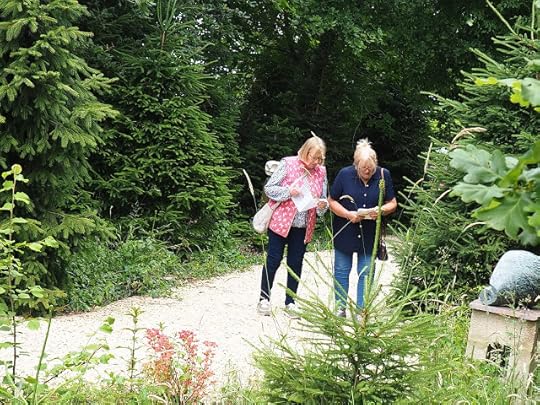
I like the experience of walking along, turning a corner and seeing, for example, an old engine transformed into a dragonfly. This one is by Ed Hill.
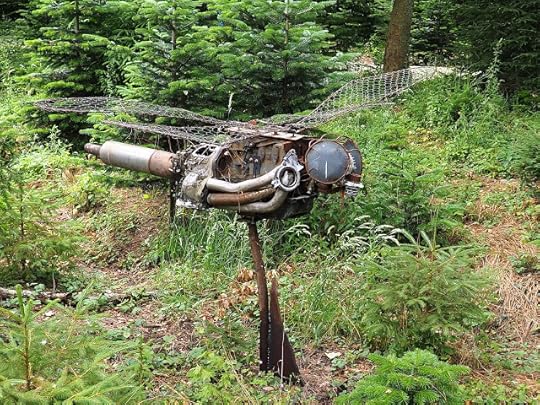
How different from the Yorkshire Sculpture Park (500 acres) where you see a chunk of art half a mile away and have to yomp over hill and dale to get there. Though maybe that’s the point.
Admittedly the art in the Cotswold did not have the name-brand recognition of the art in Yorkshire – not a Moore or a Goldsworthy or a Hepworth in sight. But brand recognition isn’t everything.
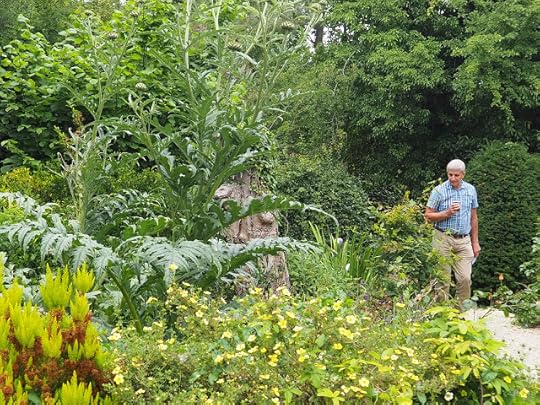
Back in the day when I occasionally used to find myself in a room with Benedikt Taschen, the very rich publisher and art collector, he always said he didn’t enjoy going to major art museums because you couldn’t buy any of the art on display. A Giacometti would catch your eye at the Museum of Modern Art, but no amount of haggling would allow you to snap it up and take it home with you. No such problem at the Cotswold Sculpture Park - with a few exceptions, the art was for sale.
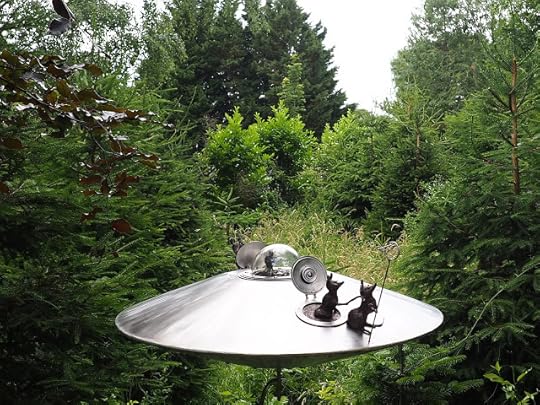
And if they weren’t in the Damien Hirst price bracket some were not cheap at all – the polar bear below titled ‘Boris’ was quoted at 250,000 quid (‘will consider offers’).
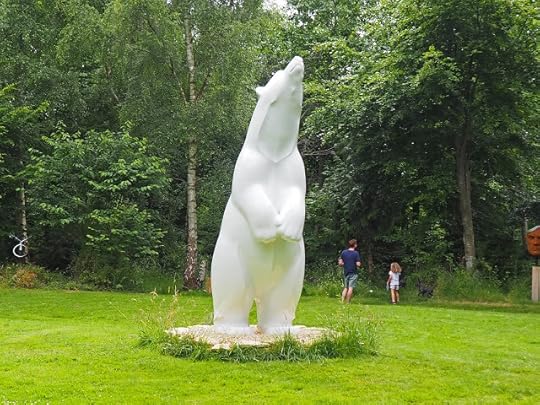
Of course I liked some of works of art more than others, but I think what I liked best were some sculptures made from car exhaust systems – in the US they’d be ‘Muffler Men.’ I couldn’t see that these were attributed to any artist but perhaps they were and I missed it.
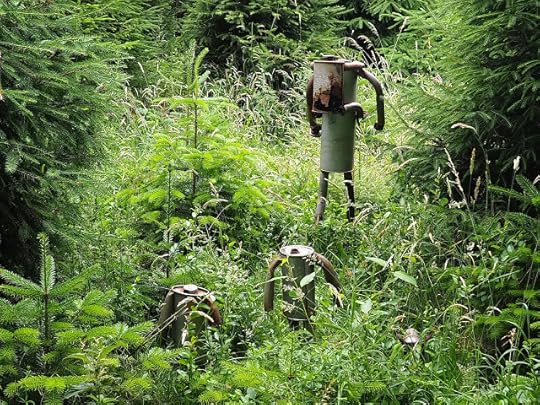
They weren’t hidden, but they were kind of lurking in the woods and the undergrowth. And some of them were walking. Not very far or fast, but definitely walking.
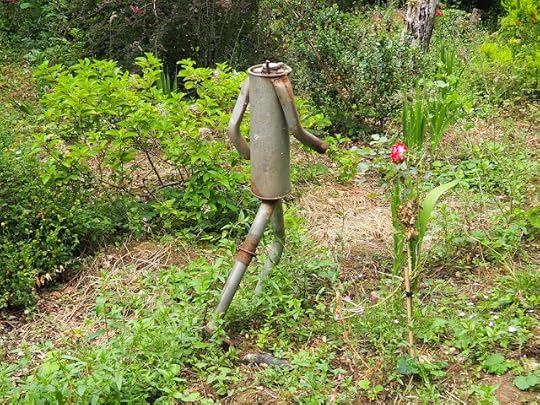
Also, while in Gloucestershire, I met a man who told me I really should go to a sculpture park in Trenton New Jersey, called Grounds for Sculpure. It sounded well worth a visit.
OK, so maybe I am, kind of, turning it into a project.
June 27, 2022
STAINS ON THE STREET
Below is the best opening to an essay about walking and cities that I’ve read in a long time.
It’s titled ‘Key to the City’ and is in the spring 2022 issue of the Los Angles Review of Books Quarterly Journal. (I’ve got a piece in there too should you be interested in such things.).
This is Lisa Teasley:
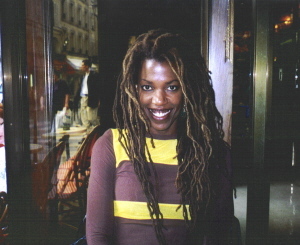
This is the opening of her piece:
“Walking the streets of Los Angeles, wandering determined, puts me more intimately in touch with the map than driving ever could. It makes plain where my identity shifts in the city, reveals the infinite ways to read and reread place.
“I was born in this city and raised in Baldwin Hills since midway through second grade, after the family spent a six-and-a-half-year interval in Durham, North Carolina. I went from racing turtles and hiking in woods lit by fireflies to banana-seat biking the Dons — as all of Baldwin Hills’s street names begin — where many Black TV, film, and music stars lived long before the recent influx of white residents. I was not walking the neighborhood streets until after a family friend’s 18-year-old kid tried to rape me when I was 13 and babysitting his kid sister. A month or so afterward, he died doing a motorcycle trick in front of his house, which was the scene of the crime. I then walked past to see how I would feel — and if the street itself might describe the terror of him crawling through the window, grabbing his sister, and locking her in her room, and then dragging me into his. I wondered if I would feel proud of how hard I fought for the hour and got away, or if because he was now dead it might feel like it never happened. There was blood on the street. I was shocked to see the stain and wondered how many days of rain it would take to wash away the evidence of his existence.’
That’s damn good. And there’s much more to come but you’ll have to find it for yourself.
And just to prove how well-connected I used to be in LA, here’s a very, very low res pic of me and Lisa waiting to read at a Black Clock event at The Last Bookstore in downtown LA. Looks like we were having fan:
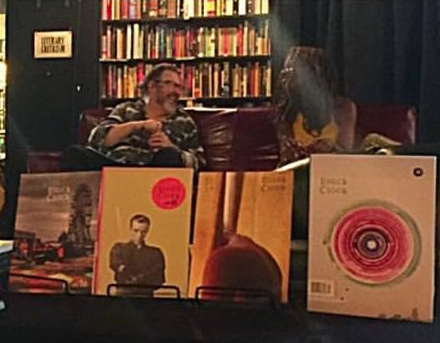
Geoff Nicholson's Blog
- Geoff Nicholson's profile
- 55 followers



